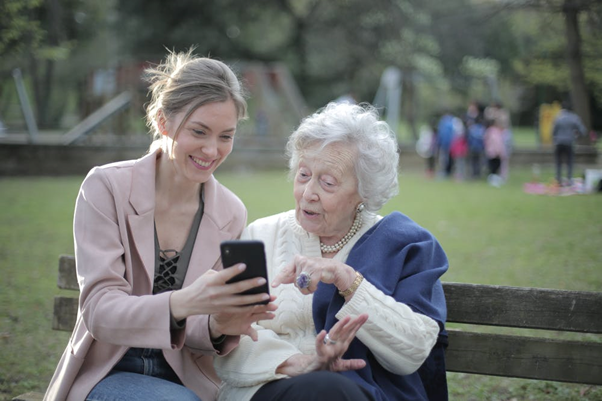Zoe Amar: Busting 3 Myths about Digital for Small Charities
In this piece Zoe Amar, founder of digital agency and social enterprise Zoe Amar Digital, busts 3 common myths about digital for small charities.
If the pandemic has shown us anything it’s that the voluntary sector’s ability to adapt and innovate is thriving. Yet as society opens up again one of the big questions every organisation faces will be what it continues to offer digitally, and where we may want to return to doing things face to face.
This is an especially pertinent question for small charities, many of whom are the bedrock of vital support in communities. It’s really a question about how you see your future, and answering it will help you determine where to focus efforts on digital or offline ways of delivering what you do. Here are some common myths about digital and small charities which still persist, despite the pandemic, and what they mean for you.
Myth 1. "You need a big budget"
We’ve seen some extraordinary innovation from small charities during the pandemic. A recent report from CAST and IVAR, Response to Change, demonstrates how small voluntary organisations have achieved amazing things using digital during the last year. For example Saving Lives, a sexual health and blood borne virus charity pivoted to repurpose their online blood test kit ordering system to support the COVID-19 screening programmes of the lab they worked with. If you’re clear about your digital goals and can think creatively about how to achieve them you can have massive social impact as a small charity.
Myth 2. "Our size puts us on the back foot"
I’ve spoken to many small charities who worry that having small teams and budgets mean that they are at a disadvantage. Speaking as someone who worked for a small charity for 5 years, I know that you are not chained by the red tape which large organisations have to deal with. This means that you can develop digital ideas and take them to your supporters quickly. The Pituitary Foundation launched their #Pituitary500Faces fundraising campaign, which they started at the beginning of the first lockdown to replace the income they lost from face to face event, just over a week after coming up with the idea. This speed and inbuilt agility is a major advantage that small charities have over large ones. How might you use this superpower?
Myth 3. "We need a digital team"
In a small charity you’re unlikely to have the resources for a full digital team, but that doesn’t mean you can’t do digital well. You will need someone who is responsible for digital though, and that could be anyone from your CEO to comms manager, depending on your size. You’ll also need to think through roles and responsibilities for digital day to day, whether that’s digital comms, fundraising or service delivery. Chances are you’re doing a lot of this already so a good place to begin is by reviewing what you’ve done during the pandemic, what’s worked well and what you’d like to develop.
As a small charity, once you have thought through what you want to achieve from digital and your priorities, you’ll be able to put this into action far more quickly than a large organisation. Don’t let your size limit your ambition.
In our Voluntary Finance Series with Helena Wilkinson from Price Bailey LLP we will be analysing the role of digital in charities, and how digital can be used to ensure your charities resilience.
Check out the agenda below.




